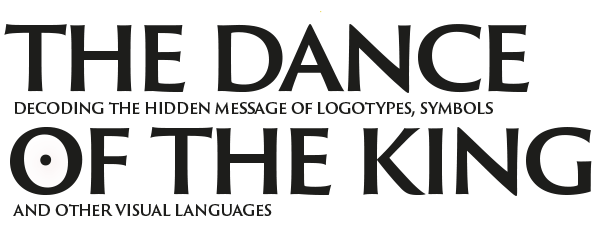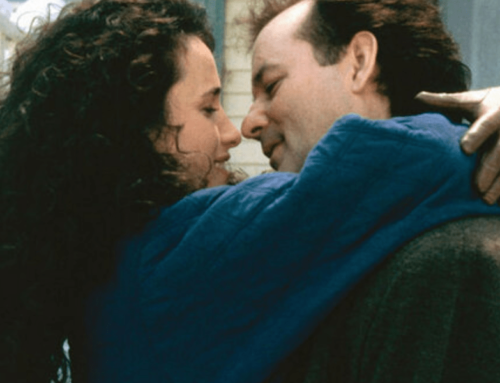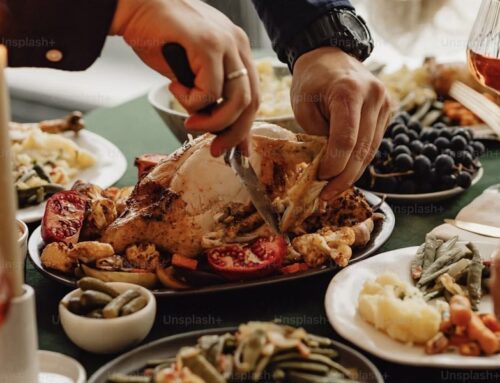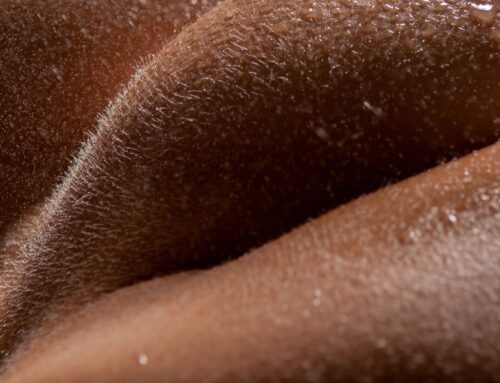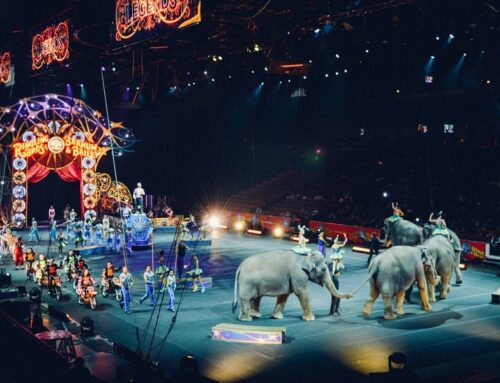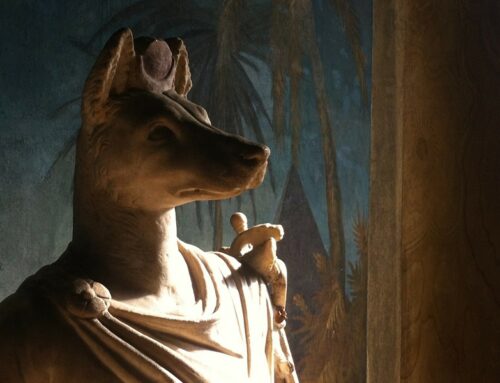© Illustraties: Walt Disney
The symbolism of Snow White: an inner journey through darkness, light, and love
We all know her — the young woman with skin as white as snow, hair as black as ebony, and lips red as blood. She was offered to us in childhood as the quintessential fairytale princess: an innocent girl who succumbed to a poisoned apple, only to be awakened by the kiss of a prince. Should your memory of the tale have faded, you can revisit it here.
We called it a beautiful story, a fairytale. But what if it was never meant to be just that? What if, hidden beneath the layers of enchantment, this tale is an ancient allegory – a map quietly outlining the soul’s journey through the landscape of the human experience? A passage through darkness and light, leading us toward union, toward love. It is the story of the alchemy of being human – falling and rising, dying and reborn. It speaks not of princes and poisoned fruit but of the courage it takes to face oneself fully. Let us descend, then — not into the mines of dwarves but into the deeper chambers of this tale.
The colors of alchemical transformation
From the moment she first appears, Snow White reveals the true nature of the tale. Not merely through what she is, but through how she looks. Black, white, and red — three colors that, since time immemorial, have symbolized the great stages of the alchemical process. These colors are no accident. They are also the colors of the Great Goddess in her three faces: the white of the Maiden (innocence, purity), the red of the Mother (menstruation, ripeness), and the black of the Crone (death, release). But here, we will follow the story as the alchemist’s journey — a roadmap through the stages of transformation.
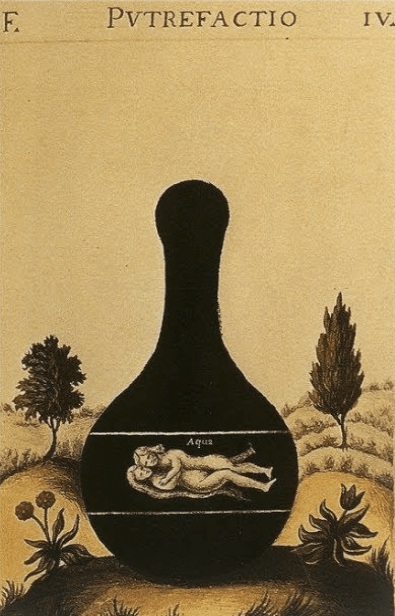
Nigredo – the black of her hair
The phase of decay. Of disintegration and darkness. The necessary descent into the unknown. In the tale, this stage takes form as Snow White wanders the shadowed forest, lost, hunted, and brought to the edge of despair. This is the *dark night of the soul*, where all we once clung to falls away — illusions of self stripped bare. The huntsman who delivers her to the forest’s edge is not merely a servant but an initiator — the one who sets the soul on its path toward awakening.
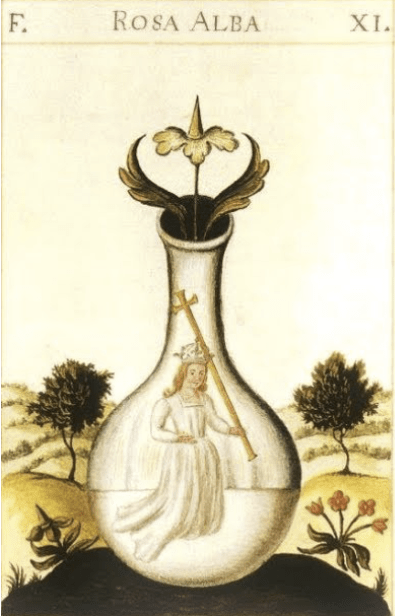
Albedo – the white of her skin
The cleansing. The purification in which the layers of the old self begin to fall away. Snow White, cleaning the dwarves’ house, does far more than sweep away dust. Her very soul is cleansed — energetically washed, stripped of the debris of the past. This is the sacred purification, where only when all has been laid bare can the light return.
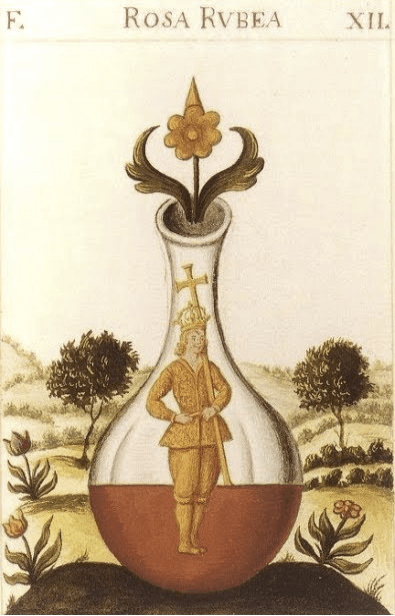
Rubedo – the red of her lips
The completion of the Great Work. The sacred reunion of opposites. The birth of gold. Her crimson lips are no mere ornament but the mark of the final fusion — the alchemical marriage of masculine and feminine, earthly and divine. Red, the color of the Mother — of blood, fertility, creation. It is no coincidence that the story ends in marriage — the symbolic integration of all polarities, the fertile power of the Goddess now made whole.

The Seven Dwarfs in the mine of the subconscious
And then, there are the dwarfs — seven small men digging deep into the earth, tirelessly searching for ore and precious stones. At first glance, they seem almost comical, even endearing. But for those who dare to look deeper, another meaning begins to shimmer. Their lanterns do not merely light the way toward earthly treasure. These seven figures seek the seven sacred metals — lead, tin, iron, copper, mercury, silver, and gold — each long revered in the alchemical arts. But beyond that, they embody the seven chakras, the inner energy centers of the human being. And the mine they descend into? It is nothing less than our subconscious — that shadowed realm where forgotten treasures lie buried, waiting to be unearthed. Each dwarf is a keeper of a chakra, a guardian of the themes we must face and integrate on our path inward. Their labor is not random; it is the sacred work of excavation — bringing what is hidden into the light.
In the original 1812 version of the Grimm Brothers’ tale, the seven dwarfs had no names. They were “the seven dwarfs” — faceless, nameless archetypes whose function was not to amuse but to guide. Over time, esoteric interpretations arose — whispers that the dwarfs once bore the names of the days of the week or that they symbolized the planetary forces behind each day. Yet historically, this is not found in the earliest tale versions. The familiar names we know today — Sleepy, Bashful, Grumpy, Dopey, Sneezy, Doc, and Happy — are Disney’s gift to the mythos, introduced in 1937. While they may seem whimsical, each carries a subtle echo of deeper themes — shadows, and lights of the chakra system itself. Each quality and mood points toward an inner layer, a metal, a gemstone, waiting patiently in the dark.
The Evil Queen
No fairytale exists without a shadow. And no soul grows without being chased by that it would rather not face. In *Snow White*, the shadow appears in the form of the Evil Queen — her stepmother. She is stunningly beautiful yet ruthless in her obsessive need to be the fairest. She represents ego and illusion. The Queen is the archetype of the shadow side of the feminine — the so-called Lilith energy. Her enchanted mirror is both her oracle and her curse. As long as she recognizes herself only in the other, she remains trapped in a never-ending race for beauty, status, and power. And when the mirror finally tells her that Snow White has surpassed her beauty, jealousy turns to hatred — and even murder. Like our shadow, the Queen changes her face and form the more we try to outrun her. She returns three times, each time more cunning, more poisonous. Three times — not by accident. Three is the number of initiations of alchemical transformation. Each attack cuts deeper, peeling away the layers of the self.
First attack: The corset that steals the breath
The Queen returns disguised as a friendly market woman, offering gleaming ribbons and a beautiful new corset. Snow White allows herself to be laced in — literally and figuratively. The corset is pulled so tight that her breath is stolen. Here, the Queen strikes at the Root Chakra — the foundation of life, the source of the breath, where we choose to say *yes* to life itself. To choke the breath is to choke the life force. This is the ego’s grip, desperate to keep us small and controllable. Only when the dwarfs return and cut the corset free does her breath and life return. But the shadow is not done.
Second attack: The poisoned comb that enters the mind
The next day, the Queen returns as an old woman with a beautiful comb. “A gift for your lovely hair,” she says. Snow White, no wiser for what happened the day before, lets the comb slide into her hair without hesitation. But the comb is poisoned. As it touches her scalp, it reaches the Third Eye — the seat of insight and clarity. What is poisoned here is her mind, her intuition. The Queen knows where to strike: the head, where our thoughts so quickly become our most dangerous poison. Snow White collapses. Only when the dwarfs find her and pull the comb from her hair is the spell broken. But the shadow has tasted her vulnerability — and knows: one final strike, and it will be over.
Third attack: The apple and the death of the ego
The third and final attack is the fatal one — an apple, half white and half blood red. Life and death are held in a single hand. This ultimate symbol of earthly temptation and ego illusion blocks the flow of kundalini energy — just as the forbidden fruit once cast Adam and Eve out of Paradise. And again, the temptation is too great. The child in Snow White takes a bite — precisely from the red half, the side of desire, passion, and the material world. And there, in that bite, she dies. Not only physically but deeper still: her ego, her old self, falls silent. It is reminiscent of Adam, who felt the sin lodge in his throat after his bite — the origin of the term Adam’s apple and the expression “a lump in your throat”. The throat — the place of swallowed words and unprocessed emotions — becomes the symbol of all that is stuck, of what no longer flows. What gets stuck blocks the life force itself until nothing is left to do but swallow, release, and surrender, no matter how painful.
The glass coffin — The stillness in which the new is born
This apparent death is necessary. As with every alchemical transformation, the old must first die. The glass coffin where she lies is like the alchemical retort — the vessel of stillness and surrender where the soul purifies, releases, and waits. There is nothing to do, and nothing can be done. Everything seems silent, yet beneath the surface, the entire being transforms. It is like the caterpillar sealing itself into its cocoon.
The breakthrough — The awakening of kundalini by the prince
Then, a prince passes by — a traveler on his journey — and instantly falls in love with Snow White. He begs the dwarfs to let him take her with him, and the dwarfs agree. As the prince’s servants carry Snow White, they stumble over a tree root or a tree trunk — a powerful symbol of the spine. The jolt dislodges the piece of apple from her throat. At that exact moment, the blockage in her throat is released, and the kundalini can flow freely once more. Life energy surges upward through the central channel of the spine — the Sushumna Nadi — ascending through each chakra all the way to the crown.
The prince is no savior from the outside. He is the masculine principle within us — the awakening consciousness that stirs the sleeping soul. His kiss marks the first moment of pure love and integration — where the masculine and feminine, thought and feeling, body and soul find one another. This is the beginning of the sacred marriage — the Hieros Gamos — the awakening of unity within ourselves. The kiss symbolizes the moment kundalini energy is reactivated — when thinking meets feeling, and life energy is set into motion once more. But this is only the beginning. True transformation only completes when this new state of being takes root and anchors in the Self. Just as the alchemist raises lead to gold, Snow White does not rise as the girl she once was but as a healed, whole soul. The alchemical transformation truly begins only in complete surrender — in releasing even the will to live.
The Castle — The gateway home
The journey ends at the castle, where the sacred marriage is completed. But the castle is more than just a romantic destination. It is the ultimate symbol of the crown chakra — the crowning moment of the spiritual journey. Here, the union of the masculine and feminine, the earthly and the divine, is fully sealed and anchored. Where the kiss symbolizes the awakening of inner polarities, the castle represents these forces’ full realization and integration. The two are no longer merely touched by one another — they are fused together in a new, healed state of being. The castle is the gateway home — where we return to our Self: whole, complete, and enlightened.
And yet, for happiness to endure, the final shadow of earthly temptation must be dissolved. During the wedding feast, the Evil Queen is invited — unaware that her fate is about to be sealed. Once more, she turns to her magic mirror. But the truth is undeniable this time: the young queen is now the fairest of them all, radiant with inner strength. Paralyzed by fear, the Queen enters the hall — where red-hot iron shoes await her. Forced into a deadly dance, she burns away. This is the fate of the ego — consumed by the fire — clearing the way for a new beginning.
Your journey through the fairytale
Snow White* is not a story meant to be forgotten when the book closes. It lives within you and within me, in each of us brave enough to look into the mirror. Every fall, emotion, and trial we face is a step on our own alchemical journey. Do you dare to face your apple? Do you dare to meet your shadow? Then know this: deep within you, the dwarfs are still digging. Chiseling and searching. Not for gold — but for you. For who you truly are.
With gratitude to Anne-Marie Wegh, Kelly-Marie Kerr, and Abe de Verteller
